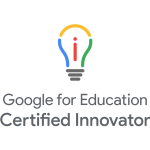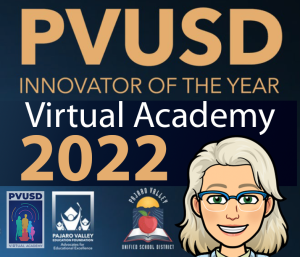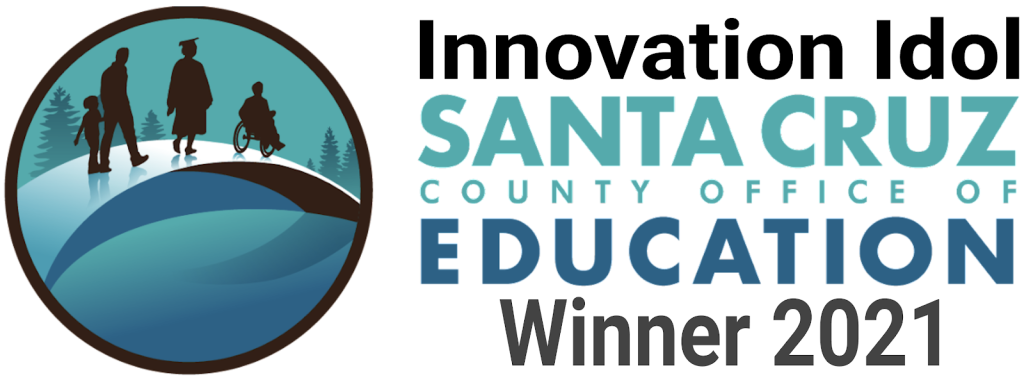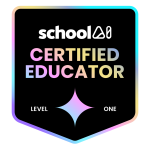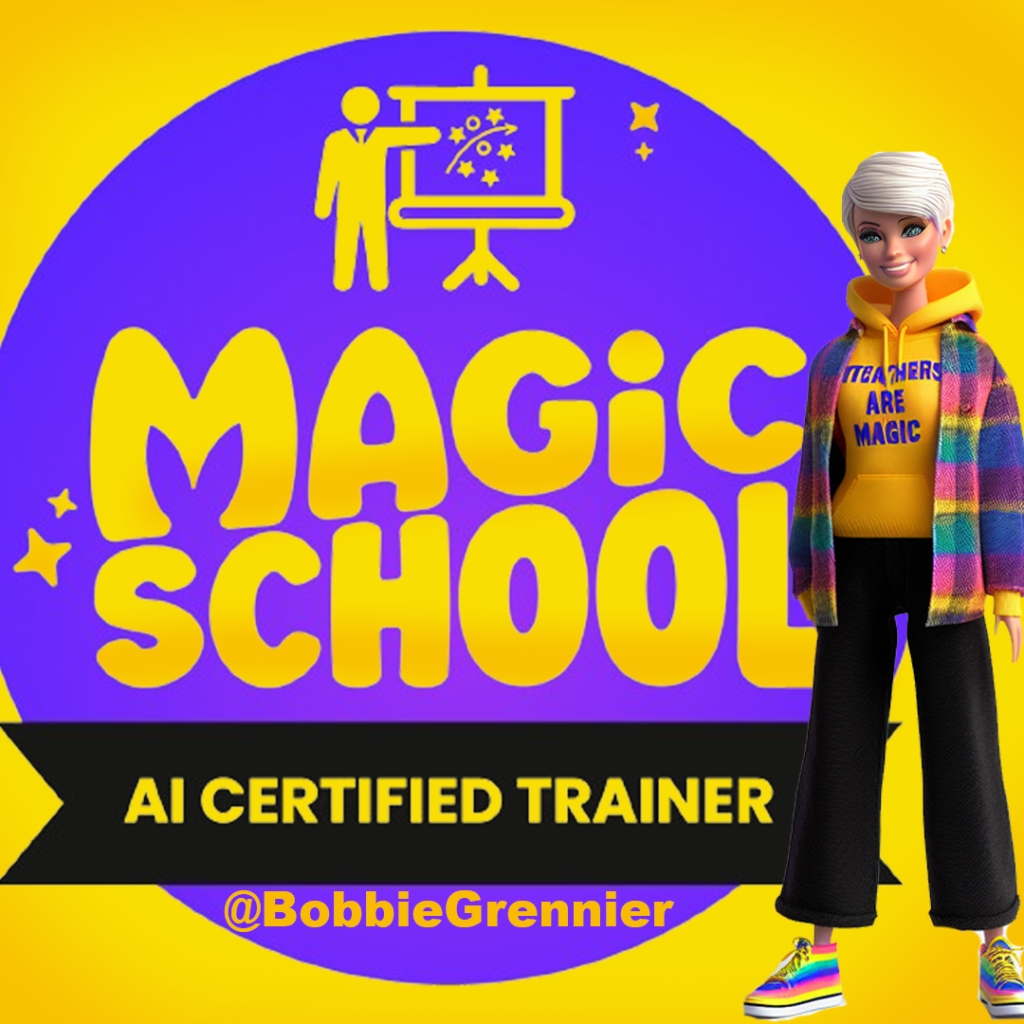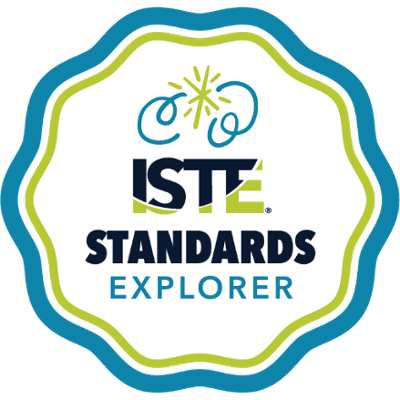After students have learned something new, they can transform that knowledge into another way of expressing what they learned by illustrating, dramatizing, creating songs, dancing, rewriting stories, creating videos, etc.
By re-presenting information, students can show an understanding for the subject matter. This method of learning brings an experiential element to the material being studied, and that means that students are more likely to retain what they’ve learned.
As a SDAIE strategy, the teacher can scaffold the information being re-presented to be appropriate for CORE goals while still being attainable by English Language Learners (ELLs).
Social Studies Example
Students produce a news program with U.S. Civil War theme. Their program includes the show’s anchors, reporters in-the-field, a weather reporter, reports on economic and political conditions, etc. Students engage in historically accurate research and share what they learn using the news program medium. This allows for scaffolding and a high level of communicating between the teach and students, and peer-to-peer.
This supplementary focus on language development is the key that unlocks the CORE curriculum for English learners. This is SDAIE at its best.




